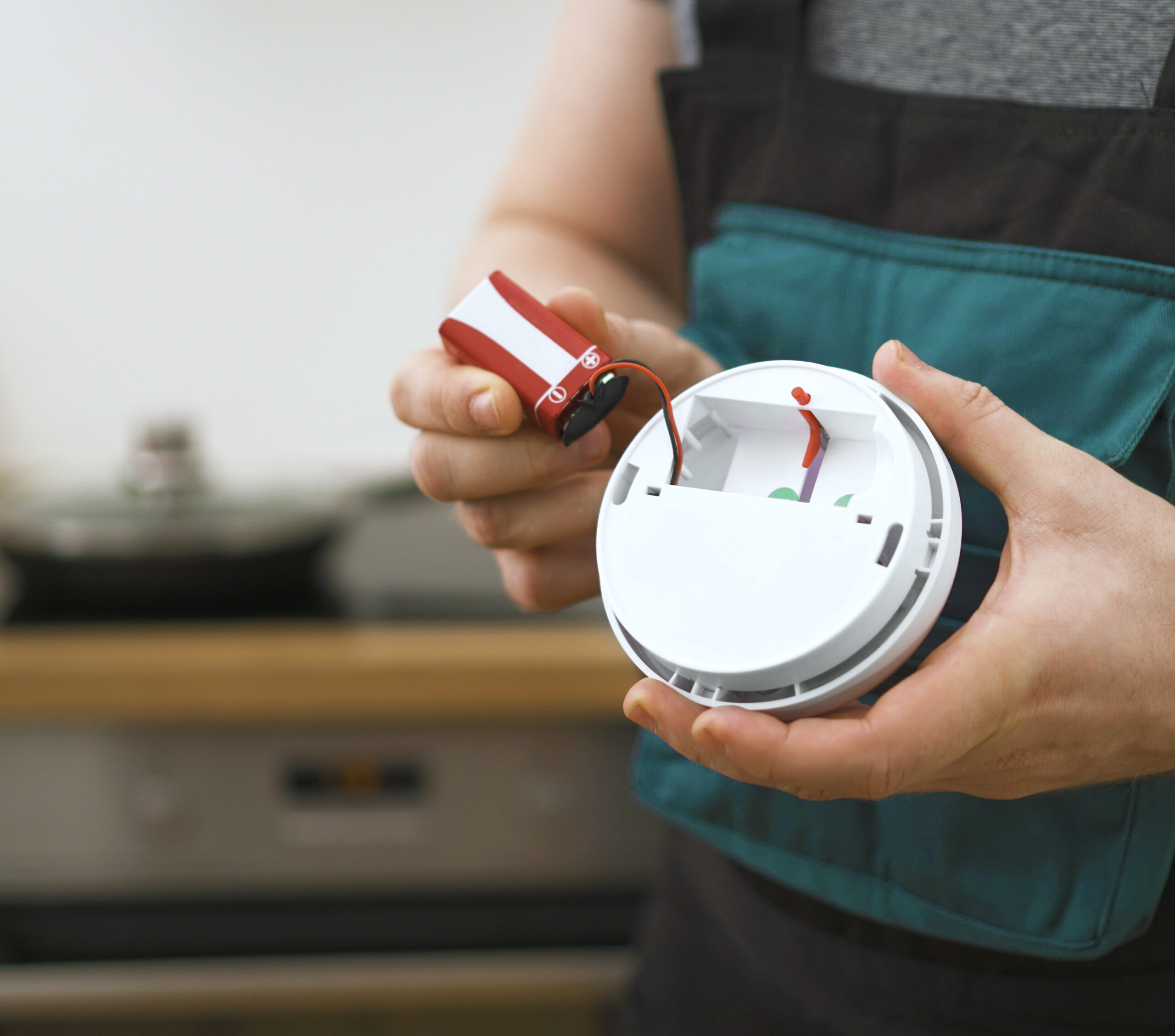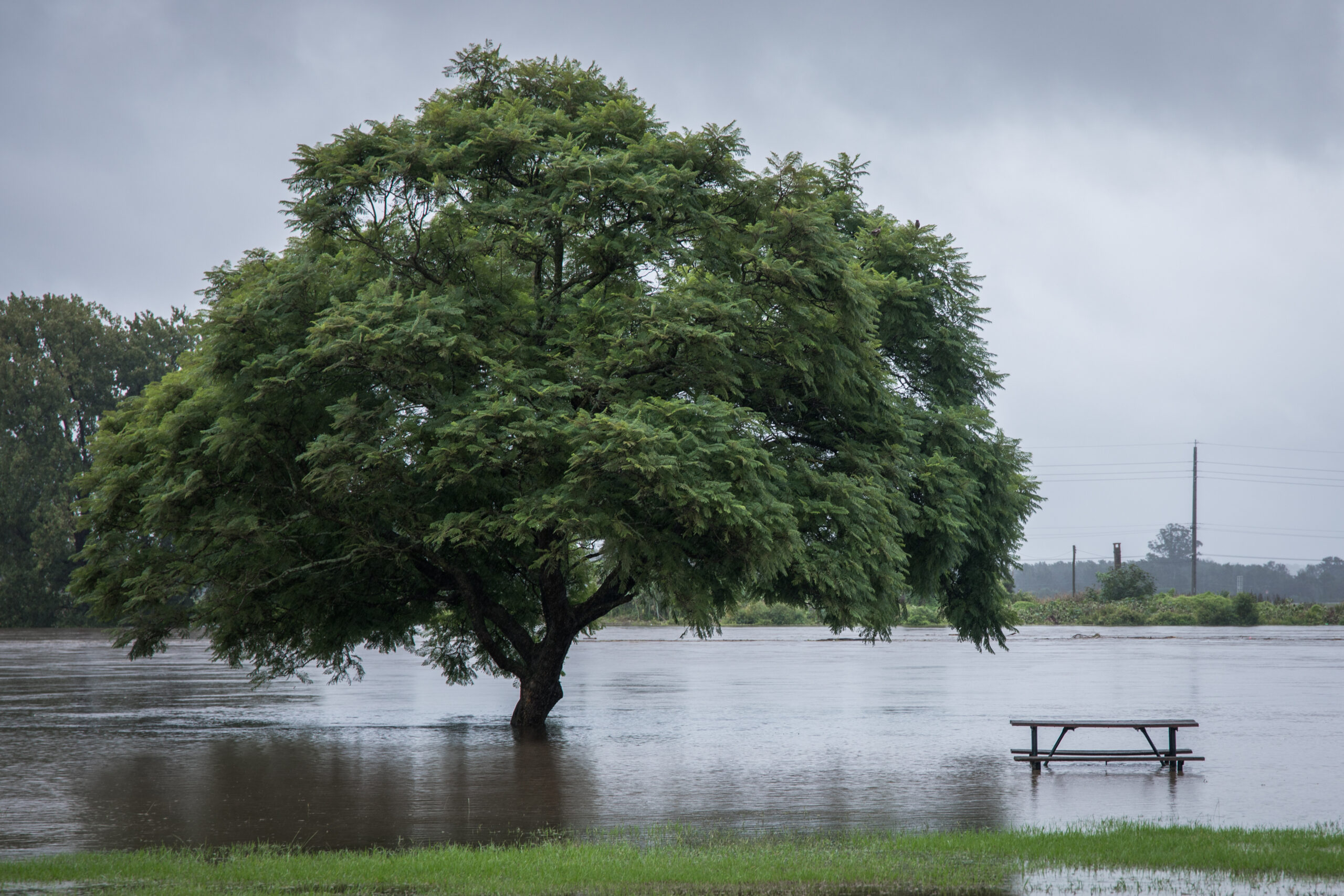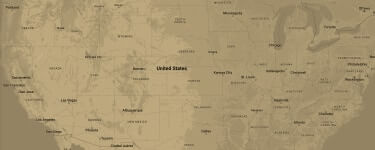
Stripping paint, removing graffiti, scrubbing industrial equipment, degreasing commercial kitchen vents – soda blasting is a versatile technology that’s eco-friendly and safe. New uses appear daily for this very effective and economical baking soda-based cleaning process: even dentists are adopting it to painlessly blitz plaque and tartar off teeth. Bonus: the gritty material improves oral health at the same time.
No wonder this remarkable system is cleaning up in fire damage restoration projects, too. “It’s a non-destructive cleaning method with low abrasion that quickly removes ash and soot from walls, stone and other building materials without harming the underlying surfaces,” says Sonny Bass, Paul Davis Technical Director. Because the sodium bicarbonate particles shatter on impact, he continues, the process is much gentler than blasting with other substances and workers need not isolate easily damaged materials nearby (such as glass or plastic).
The soda blasting procedure is economical, straightforward and requires little training to operate: set up a containment area to control dust, pass a specially designed air compressor nozzle across sooty surfaces – often one pass suffices – then collect and remove dust. The technique lends many other welcome benefits:
- Uses non-toxic materials – bicarbonate of soda and air – that carry no risk of exposure or form residue
- Completely dry system eliminates water damage risks
- Deodorizes as it cleans
- Cleans quickly and completely
- Portable and simple to set up
- Non-reactive with many materials including metals
Drawbacks are relatively few and easily managed: nearby plants must be shielded, for example. For Paul Davis, which continually strives to apply effective new technologies that advance restoration science, soda blasting is a powerful tool for safely attacking home fire damage.











